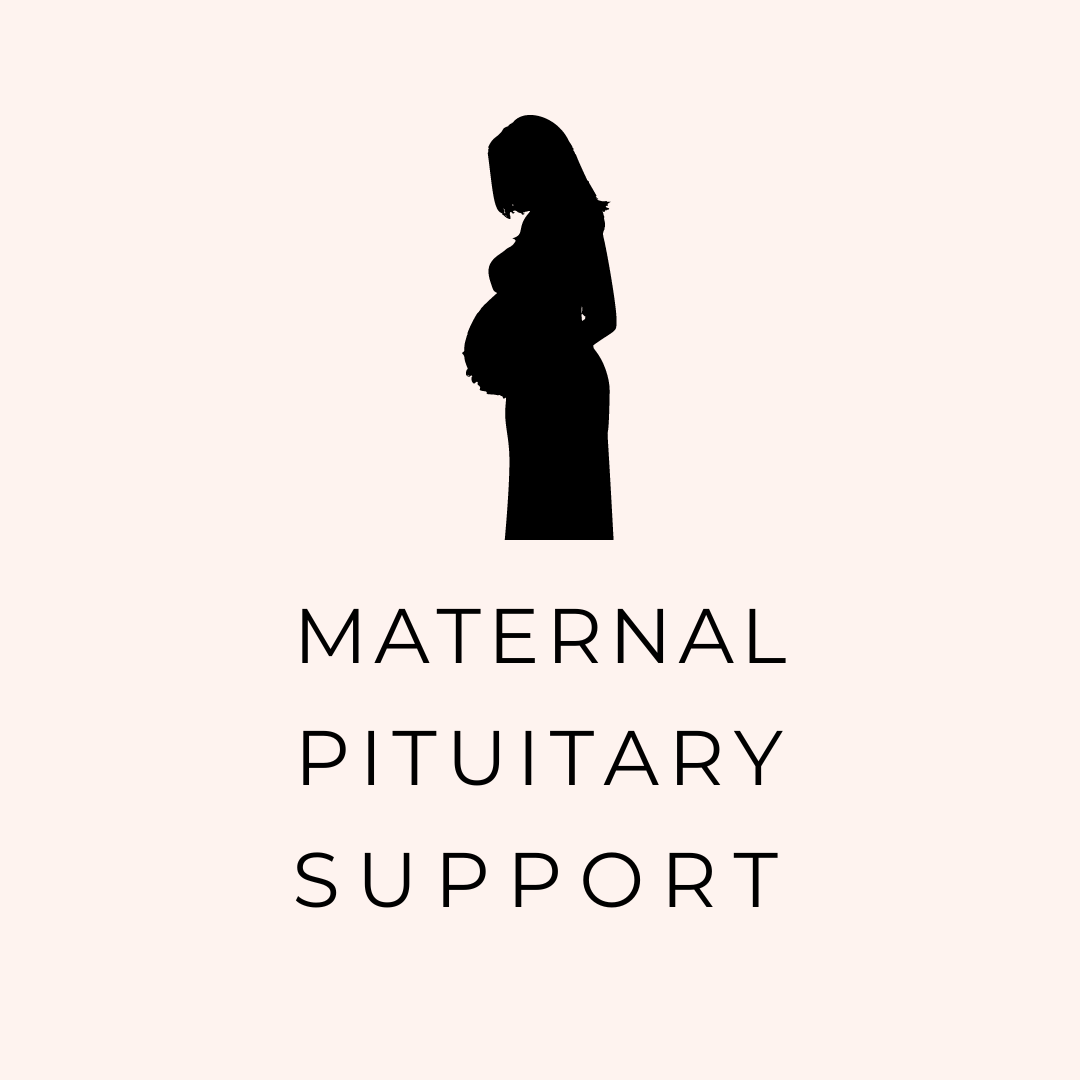Sowmi recounts her journey to diagnosis, three years after giving birth
In 2020, I experienced a postpartum haemorrhage resulting in a blood loss of 2.5 litres. Following this, I struggled with breastfeeding and was only able to produce a small amount of milk over a few months, despite consulting a lactation specialist and hiring a hospital-grade breast pump.
At 9 months postpartum, I visited my GP as my menstrual cycle had not yet returned. Blood tests were conducted, and I was prescribed Levothyroxine due to low thyroid function (elevated TSH levels). After a few months on thyroid medication, I contacted my GP again as my periods had still not resumed. During a telephone consultation, early menopause was suggested, although I was not experiencing typical menopausal symptoms.
To gain further clarity, I arranged a private blood test to check my hormone levels. The results showed normal levels of FSH, LH, and prolactin, but continued low thyroid function. My GP advised repeating the blood tests after three months. Between June 2020 and December 2022, I had multiple appointments with my GP, and underwent a pelvic ultrasound, vaginal swabs, and repeated hormone panels, none of which identified a clear cause for my amenorrhea [absence of period].
During this period, I also consulted several private GPs and obstetricians. One private obstetrician reviewed my hormone results and, after hearing that I had exhausted all other options, prescribed progesterone to induce menstruation. I began researching my symptoms and came across information about pituitary conditions, which led me to suspect Sheehan’s Syndrome.
I later consulted another private obstetrician, Dr. Riad on 30 November 2022, who took a detailed history of my labour, postpartum haemorrhage, and subsequent symptoms. She mentioned we need to look further regarding 2.5 litre haemorrhage. I asked whether this could be Sheehan’s Syndrome, she responded, “Possibly yes,” and advised that I consult an endocrinologist as soon as possible.
I reached out to a private endocrinologist, who was an acquaintance, and who also confirmed that Sheehan’s Syndrome was a possibility. I subsequently requested a referral through my GP to the hospital where this endocrinologist practiced. I had my appointment on 16 January 2023, having completed the requested blood tests beforehand. During the consultation, the endocrinologist reviewed my results and raised the possibility of Sheehan’s Syndrome with multiple hormone deficiencies. Hormone replacement therapy was initiated immediately, pending confirmation via MRI.
In March 2023, after 3 years of uncertainty the MRI confirmed the presence of an empty sella, supporting the diagnosis of Sheehan’s Syndrome. I am currently receiving treatment with hormone replacement therapy, including Hydrocortisone [for low cortisol], Levothyroxine, and Growth Hormone.

